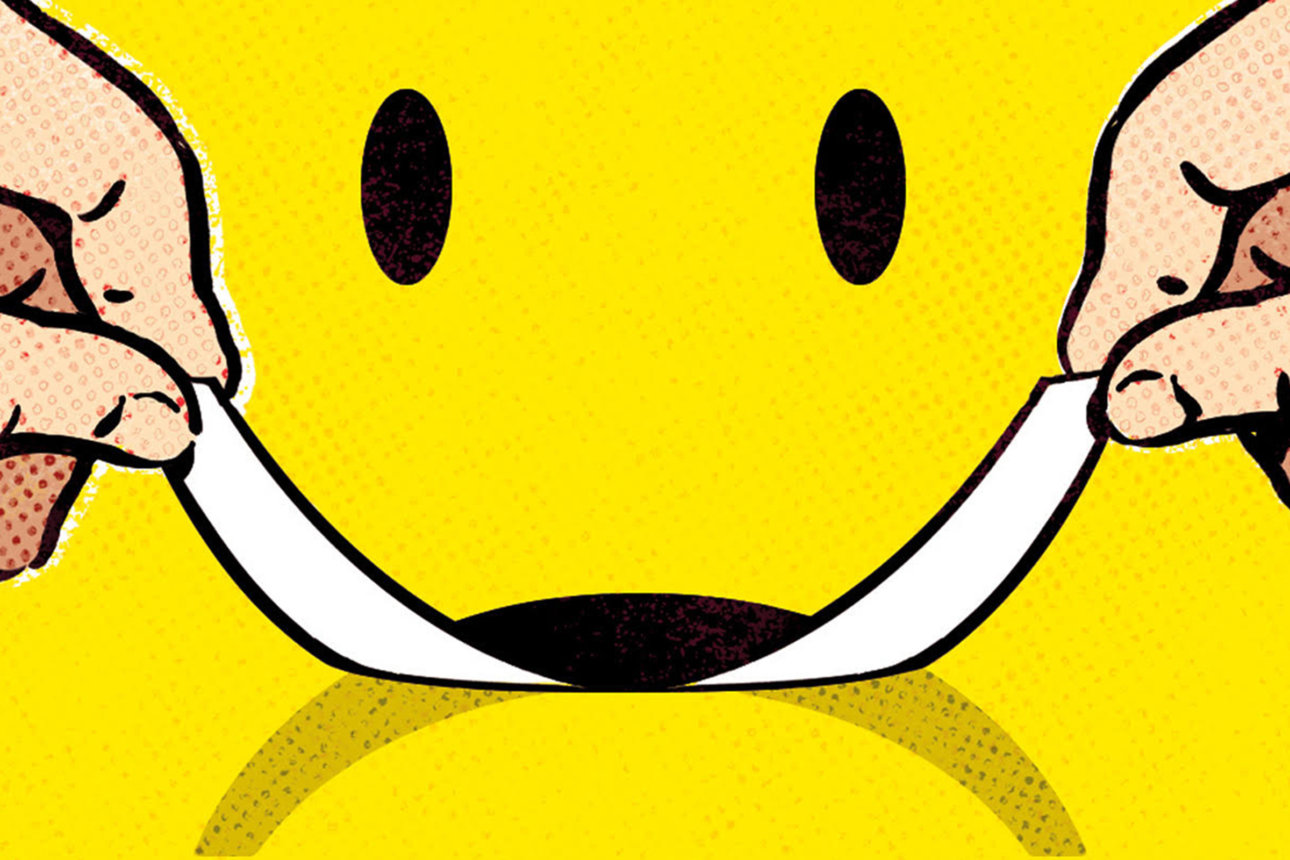The Magic That Makes Customer Experiences Stick
The most memorable experiences are suffused with emotion — not extra features or value for money.

Image courtesy of Chris Gash/theispot.com
A participant in one of my Harvard Business School executive education classes told a story about a family trip to Walt Disney World in Orlando, Florida. She lost her purse in the park on the very first day: tickets, money, IDs, all gone. The highly anticipated vacation seemed all but over before it had begun. But when the family turned to a Disney employee for help, he gave them food vouchers and park tickets for the next day. And while the relieved family was enjoying the park, Disney employees searched for the purse — and found it. The executive enthused to my class: “Wow, what a company!”
Get Updates on Transformative Leadership
Evidence-based resources that can help you lead your team more effectively, delivered to your inbox monthly.
Please enter a valid email address
Thank you for signing up
Over the years I have heard hundreds of such stories in my classes. I ask students to tell them as part of an effort to develop principles that can be applied to the design of great customer experiences. This field of customer experience (CX) design — which aims to ensure that customers have positive touch points with companies while buying and consuming their products and services — has grown quickly in recent years. Research has shown that memorable experiences, and the ensuing positive word of mouth, can drive customer decisions as much as, if not more than, price and functionality.1 To that end, consultants have created thoughtful tools and frameworks such as journey mapping, service blueprinting, and problem-solving mindsets. Academics have studied customer engagement models that focus on managerial variables such as employee selection, training, rewards, and service culture. Yet recent research reports suggest that there have been few, if any, meaningful improvements in customer experience over time.2 Despite the insights gleaned about customers through advanced technologies and data analysis, something still seems to be missing for most companies.
My classroom experience points to the missing ingredient: emotion. Years ago, when I first asked students for their most memorable experiences as customers, I was surprised by the language they chose: Made me feel special. Showed empathy. Really cared. Personalized the process. Trusted me. Didn’t argue or delay. Killed us with kindness. Owned the problem. Surprised us. Made things simple. These executives weren’t using the standard language of business. They weren’t using terms like functional value, efficiency, and cost-value analysis. Instead, they were describing emotional impact.
References
1. T.A. Stewart and P. O’Connell, Woo, Wow, and Win: Service Design, Strategy, and the Art of Customer Delight (New York: HarperBusiness, 2016).
2. V. Milligan, “Customer Experience Index Reveals Brands Lack Human Connection,” Sept. 5, 2018, https://go.forrester.com; and “Tomorrow’s Experience, Today — Global Customer Experience Excellence Analysis,” KPMG Nunwood, 2018, www.nunwood.com.
3. M. Burns, M.E. Gazala, C. O’Connor, et al., “Understanding the Impact of Emotion on Customer Experience,” July 13, 2015, www.forrester.com.
4. S. Nathan and K. Schmidt, “From Promotion to Emotion: Connecting B2B Customers to Brands,” October 2013, www.thinkwithgoogle.com.
5. “Behavioral Economics,” accessed June 12, 2019, www.gallup.com.
6. See, for example, S. Magids, A. Zorfas, and D. Leemon, “The New Science of Customer Emotions,” Harvard Business Review 93, no. 11 (November 2015): 66-76; M.D. Harris, “When to Sell With Facts and Figures, and When to Appeal to Emotions,” Jan. 26, 2015, https://hbr.org; and A. Zorfas and D. Leemon, “An Emotional Connection Matters More Than Customer Satisfaction,” Aug. 29, 2016, https://hbr.org.
7. C.W. Hart, J.L. Heskett, and W.E Sasser Jr., “The Profitable Art of Service Recovery,” Harvard Business Review 68, no. 4 (July-August 1990): 148-156.
8. S. Thomke, E. Corsi, and A. Nimgade, “Ferrari,” Harvard Business School case no. 618-047 (Boston: Harvard Business School Publishing, 2018).
9. D. Owen, “The Happiness Button,” The New Yorker 93, no. 47 (Feb. 5, 2018): 26-29.
10. S. Thomke, A. Osanai, and A. Kanno, “Sony,” Harvard Business School case no. 618-045 (Boston: Harvard Business School Publishing, 2018).
11. R.W. Buell, A. Raman, and V. Muthuram, “Oberoi Hotels: Train Whistle in the Tiger Reserve,” Harvard Business School case no. 615-043 (Boston: Harvard Business School Publishing, 2015).
12. S. Thomke and D. Beyersdorfer, “A. Lange & Söhne,” Harvard Business School case no. 617-058 (Boston: Harvard Business School Publishing, 2017).
13. R. Raffaelli, “Technology Reemergence: Creating New Value for Old Technologies in Swiss Mechanical Watchmaking, 1970-2008,” Administrative Science Quarterly, May 16, 2018.
14. R. Kohavi and S. Thomke, “The Surprising Power of Online Experiments,” Harvard Business Review 95, no. 5 (September-October 2017): 74-82.
15. S. Thomke and D. Beyersdorfer, “Booking.com,” Harvard Business School case no. 619-015, (Boston: Harvard Business School Publishing, 2018).

Comments (2)
Cato Furum
Jean Létourneau